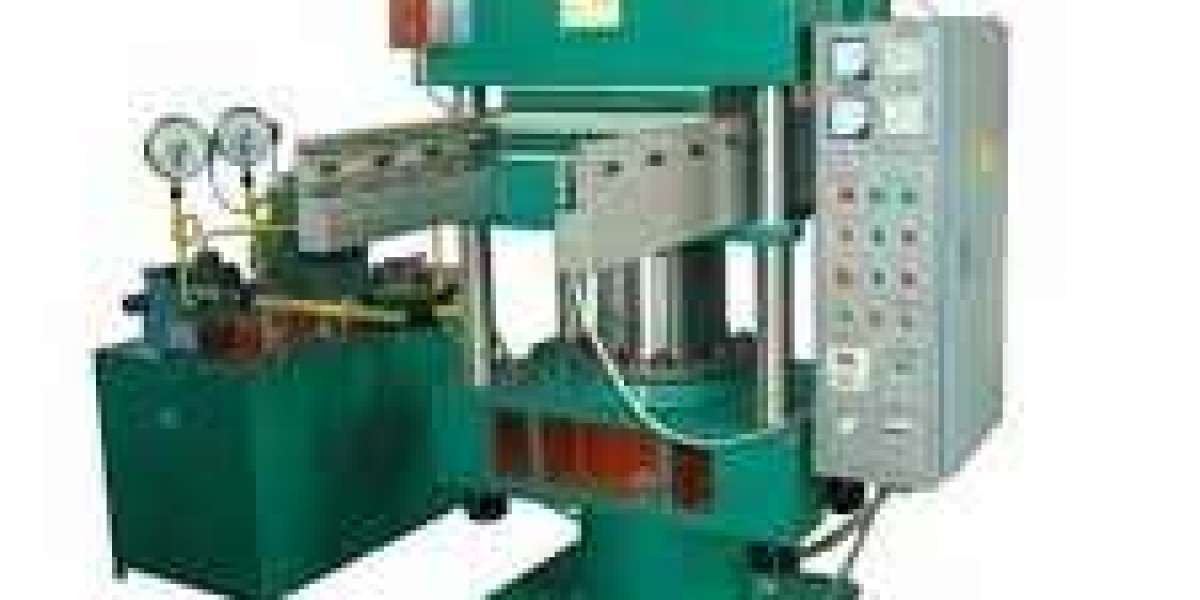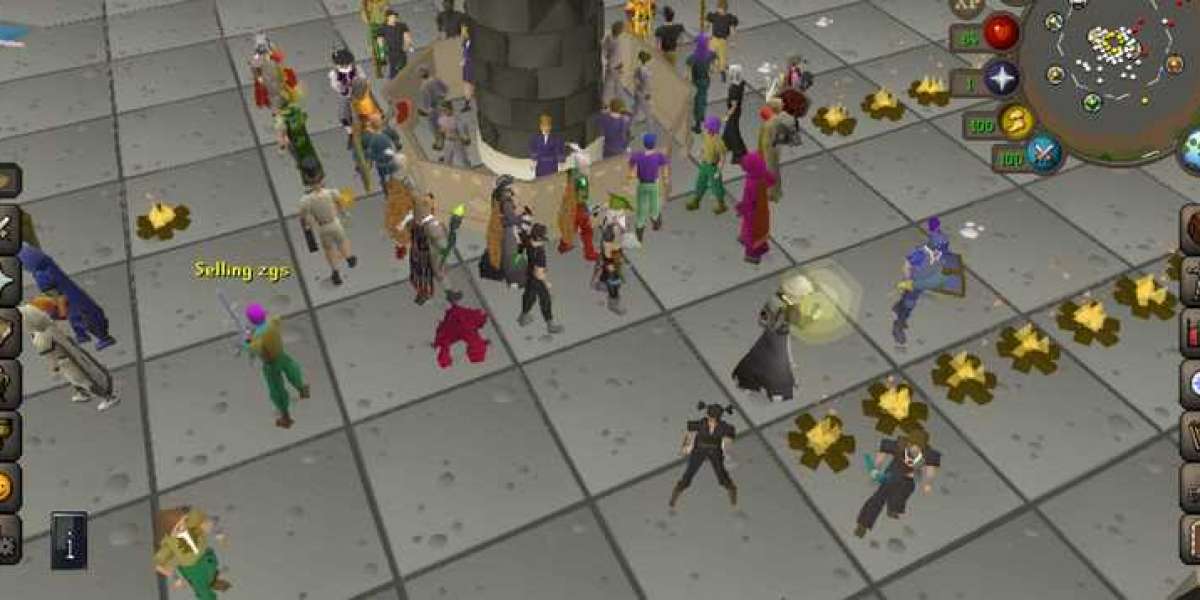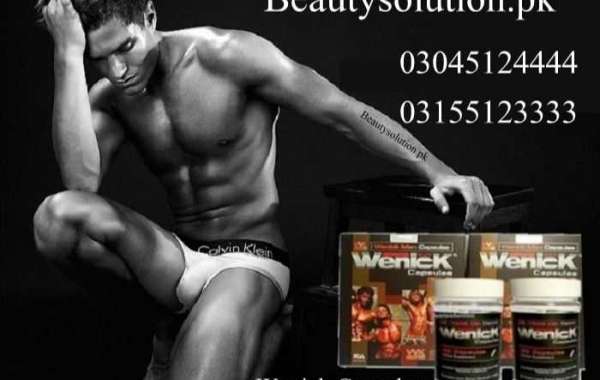Raw materials of rubber: rubber vulcanizing machine, raw rubber, various compounding agents, and fiber and metal materials as skeleton materials. Basic process of rubber products: The basic production process of rubber products includes 6 basic procedures of plasticizing, mixing, calendering, extrusion, molding, and vulcanization. The processing technology of rubber is mainly a process of resolving the contradiction between plasticity and elasticity. Through various processing methods, the elastic rubber is transformed into a plasticized plastic compound. Various additives are added to make semi-finished products, and then vulcanized is plastic Semi-finished products turn into rubber products with high elasticity and good physical and mechanical properties.
Structure of rubber:
Linear structure: general structure of unvulcanized rubber. Due to the large molecular weight, the macromolecular chains are in the form of random curvilinear clusters without external force. When external force acts, except for withdrawal
Force, the degree of entanglement of the thread group changes, the molecular chain rebounds, resulting in a strong tendency to recover, which is the origin of high elasticity of rubber.
Branched structure: The aggregation of the branches of the rubber macromolecule chain forms a gel. Gels are detrimental to rubber performance and processing. When mixing, various compounding agents often cannot enter the gel area, form a local blank, cannot form reinforcement and cross-linking, and become a weak part of the product.
Cross-linked structure: Linear molecules are connected to each other through the bridging of some atoms or groups of atoms to form a three-dimensional network structure. With the progress of the vulcanization process, this structure is continuously strengthened. In this way, the free movement ability of the chain segment is reduced, the plasticity and elongation are decreased, the strength, elasticity and hardness are increased, and the compression set and the swelling degree are decreased.



